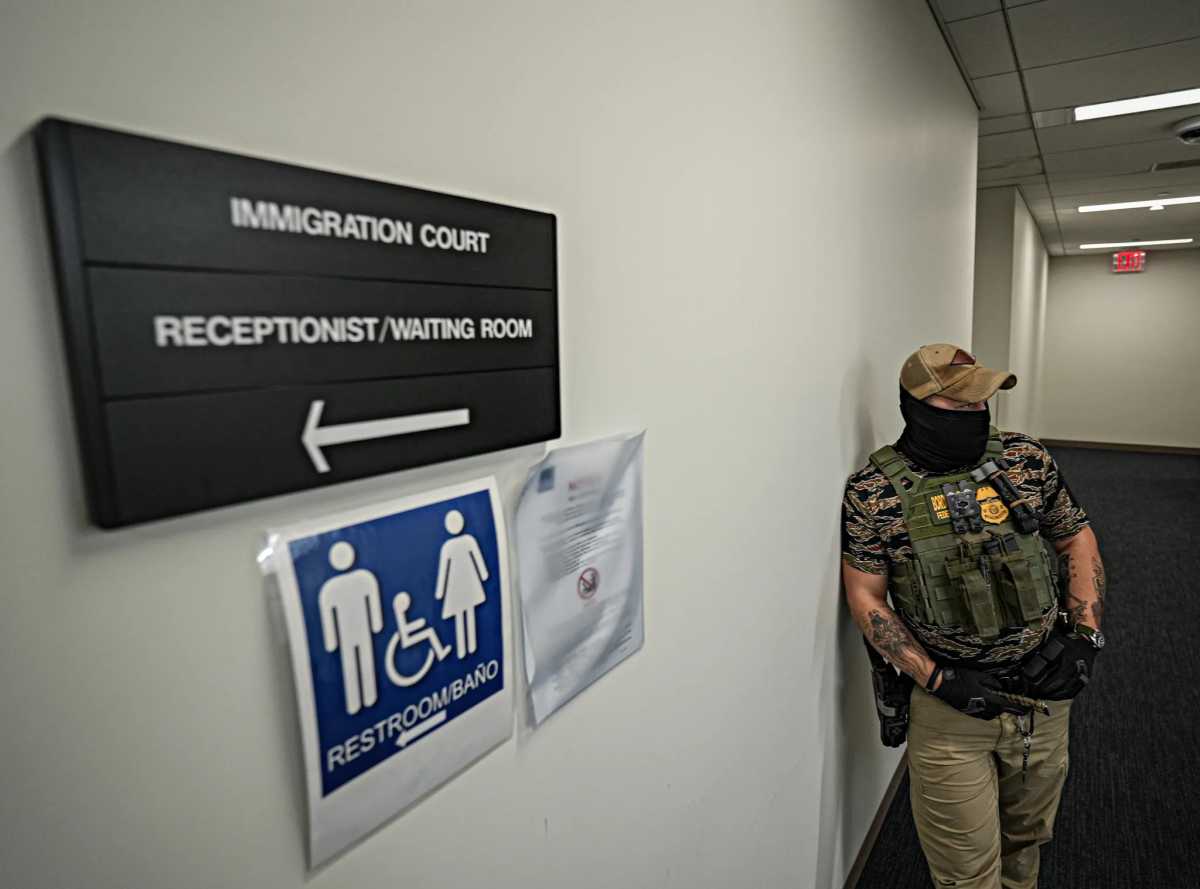How many times does a request-for-proposals, or R.F.P., process have to crash and burn before it becomes clear a new approach is needed? In the case of the Hudson River Park and Pier 40, it’s two.
Two times that is in the last six years, the Hudson River Park Trust has tried, but failed, to find a developer to repair and redevelop the mammoth, 14-acre W. Houston St. pier.
After the first R.F.P. sunk, the Trust built an interim, 3.5-acre sports field in Pier 40’s huge courtyard. This “interim†field has since become sacred ground for local families. That fact was driven home in this latest R.F.P. process by the outcry when Related Companies proposed decking over the courtyard “doughnut†and moving the sports field to the pier’s, wind-blown rooftop as part of its Cirque du Soleil “Vegas on the Hudson†plan.
Yet, the only other option, a community-friendly, low-impact plan — a joint effort by CampGroup/Urban Dove and the Pier 40 Partnership — was, two weeks ago, judged financially unviable by the Trust.
According to the Trust and park advocates, an R.F.P. isn’t legally required to redevelop Pier 40. That the Trust is forbidden from floating bonds is because local legislators feared the authority would overdevelop the waterfront. Ironically, the two R.F.P.’s thus far have notably included proposals that would do just that, megadevelop Pier 40. A better idea would be for the Trust — without an R.F.P. this time — to partner with a nonprofit developer, like the National Development Council, for example, which could provide the funding the Trust lacks to fix up the pier.
We also agree with local park advocates who are urging an “incremental approach†solution for Pier 40. The Trust should be able to find a parking operator to sign a long term lease, which could provide much-needed cash to shore up the pier, which can accommodate over 2,000 cars. The School Construction Authority is interested in building up to three schools on the pier and both the community and Trust favor this idea.
In addition, the Trust must reassess Pier 40’s role in the park’s financial picture. In 2007, the park’s operating expenses were $14 million. Pier 40 provides the Trust about $7 million annually from its parking operation, a significant chunk of the park’s budget.
Meanwhile, in another R.F.P. process, developers are now vying for a 49-year lease for Pier 57 at W. 16th St.
In short, Pier 57 — which, unlike Pier 40, doesn’t include restrictive provisions for open space and recreational uses — could ultimately wind up netting the Trust more revenue than Pier 40. The Trust’s financial expectations for Pier 40 probably are too high, and should be lowered.
The Pier 40 Partnership’s contributions to the most recent process were both laudable and invaluable. Going forward, the Trust should keep this well-connected, passionate parents group close.
Finally, if the Trust does seek to amend the Hudson River Park Act to extend Pier 40’s lease to 49 years, restrictions must be included to protect the pier; above all, the pier’s courtyard field must be preserved, and kept in continuous operation, right where it is now.
The Trust needs a little time to regroup and reassess. But the Trust has two strikes against it — two failed R.F.P.’s — on Pier 40. The same M.O. will result in a strikeout. A new approach is needed.


























